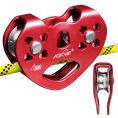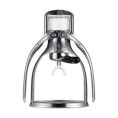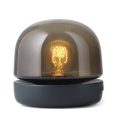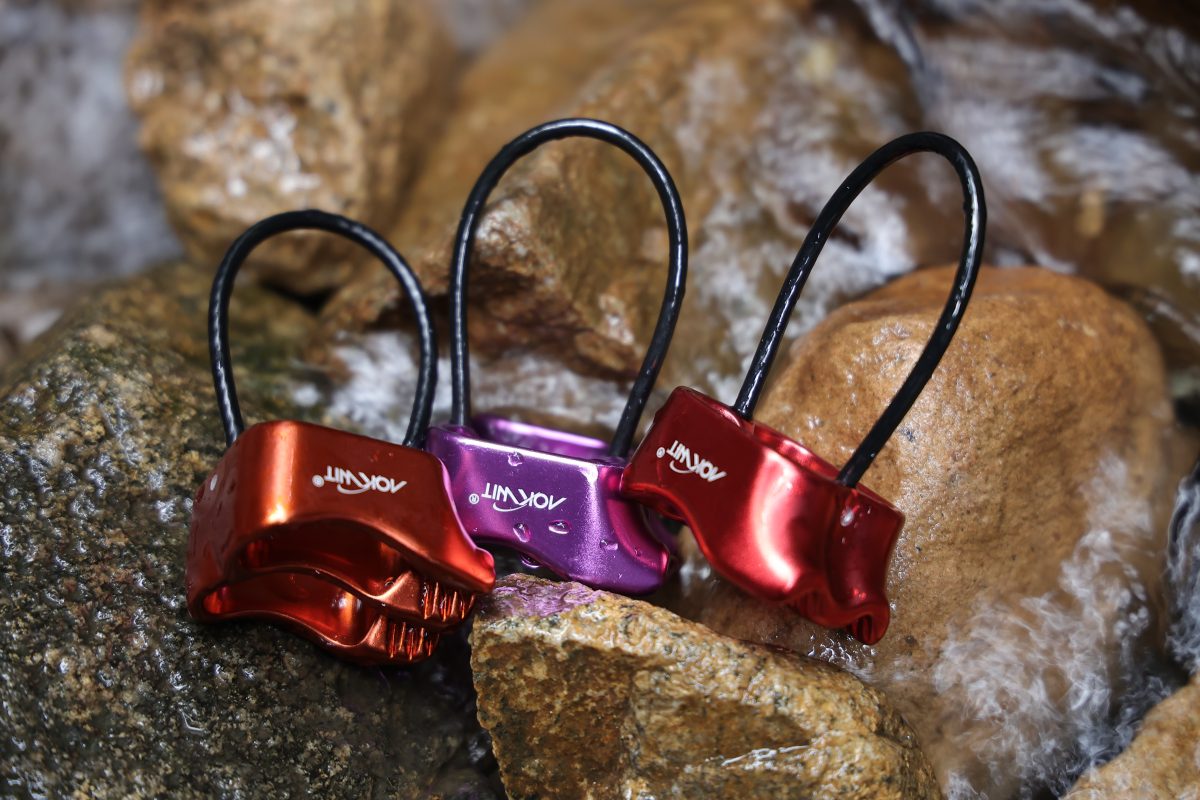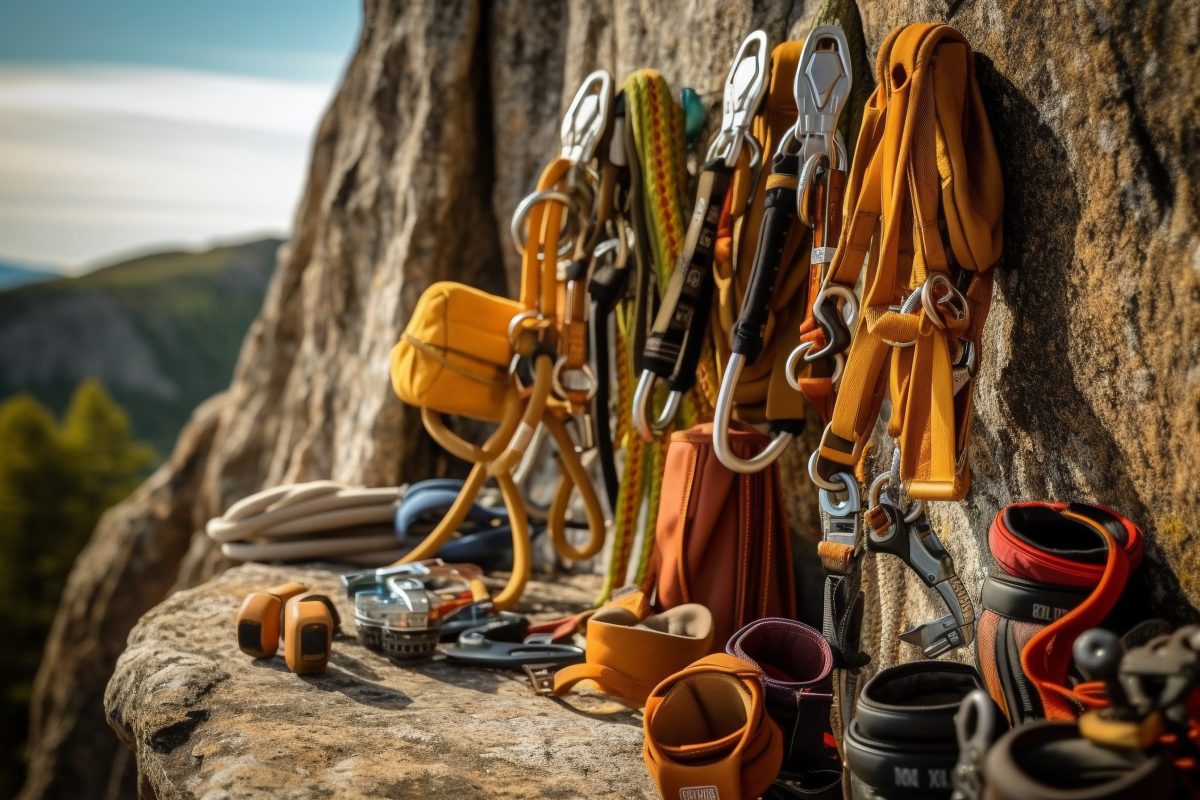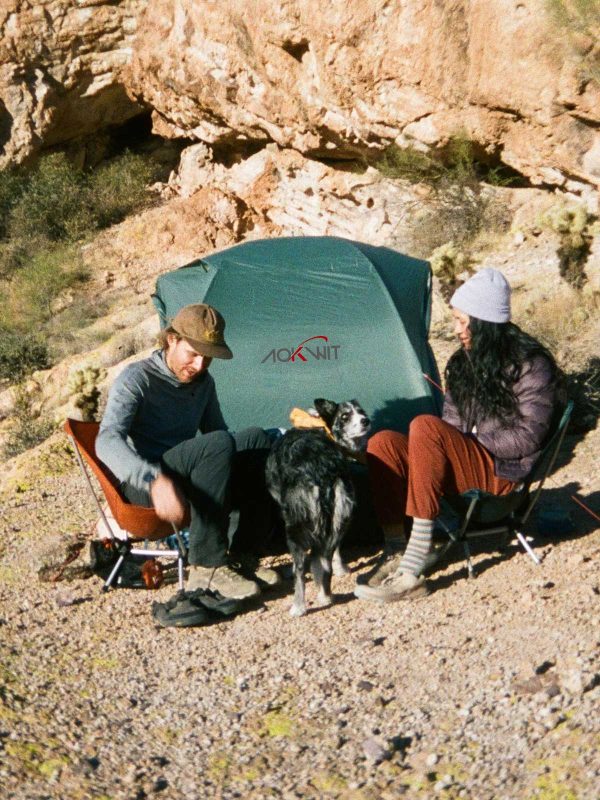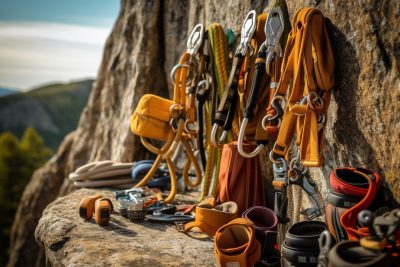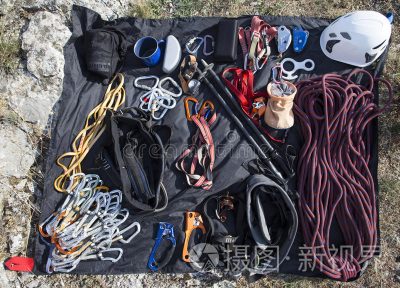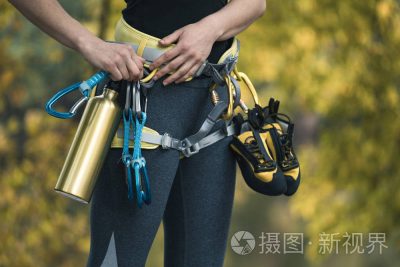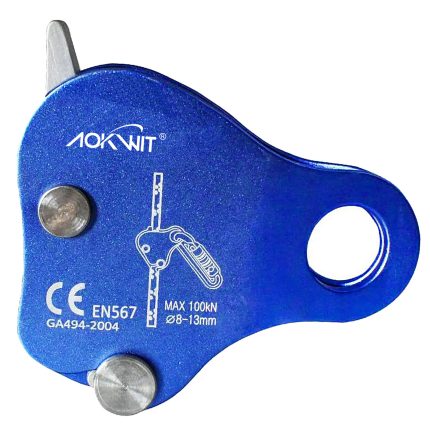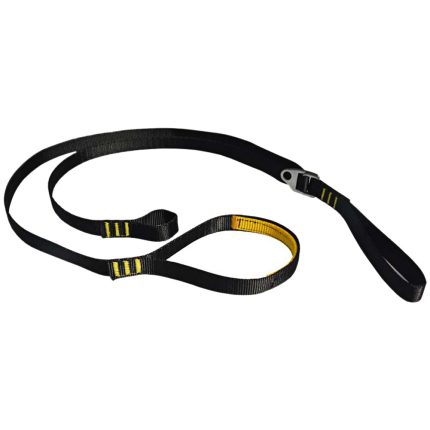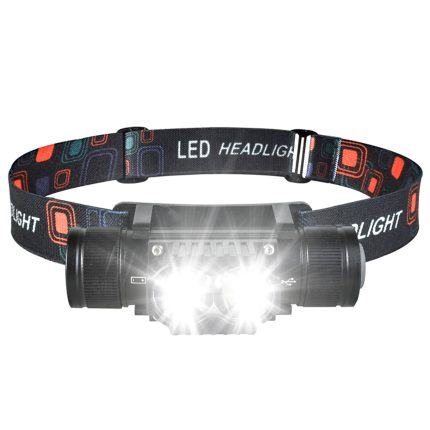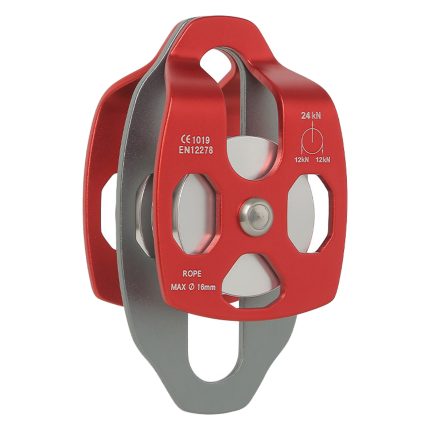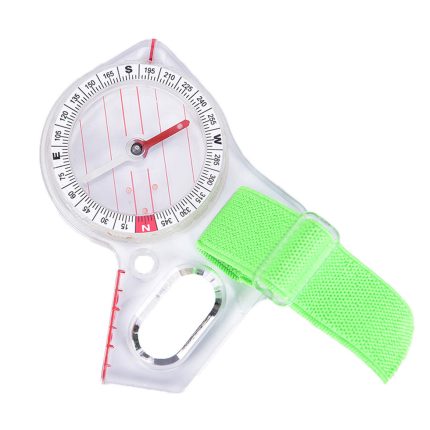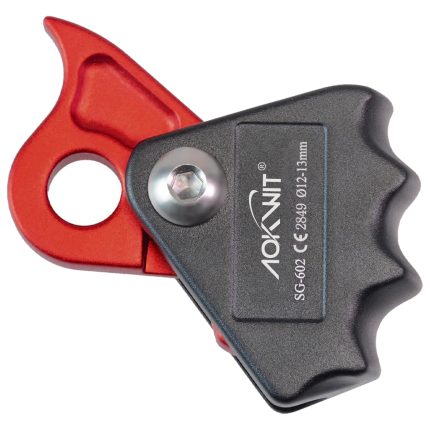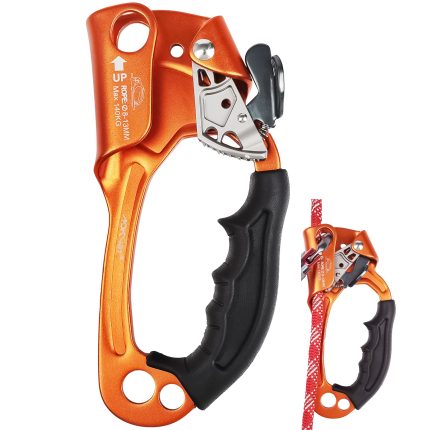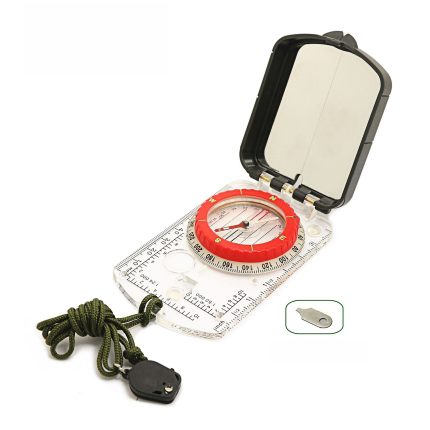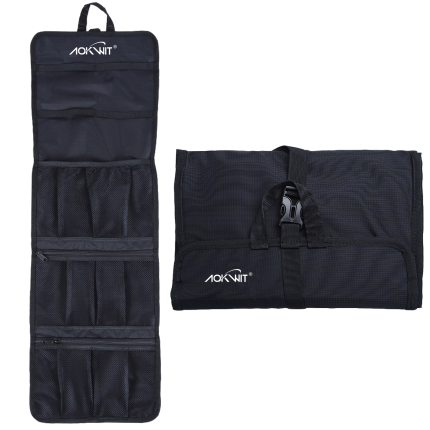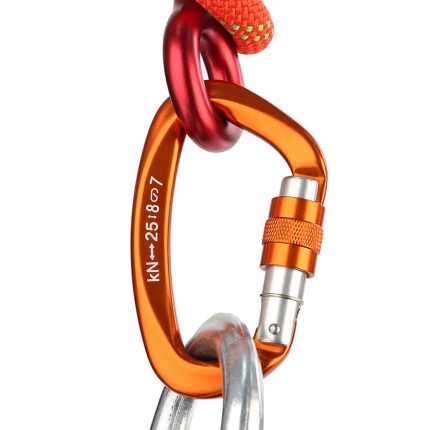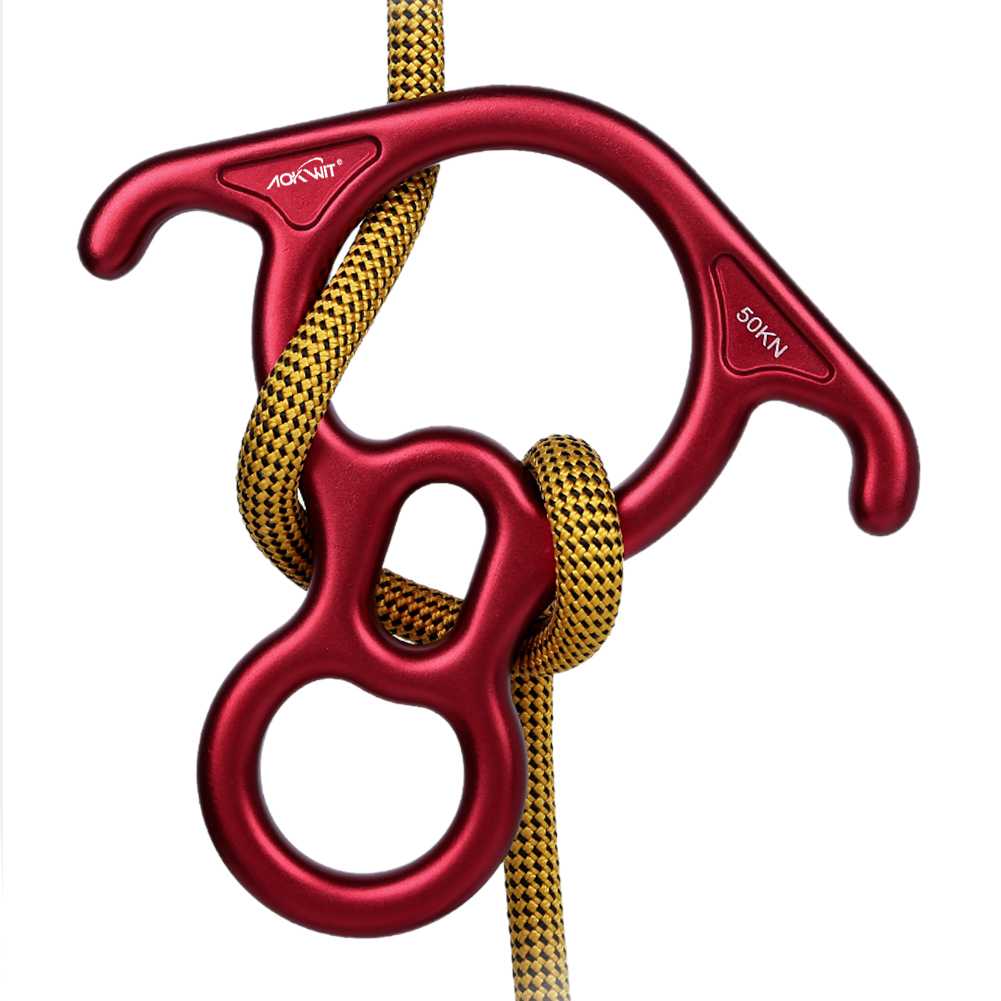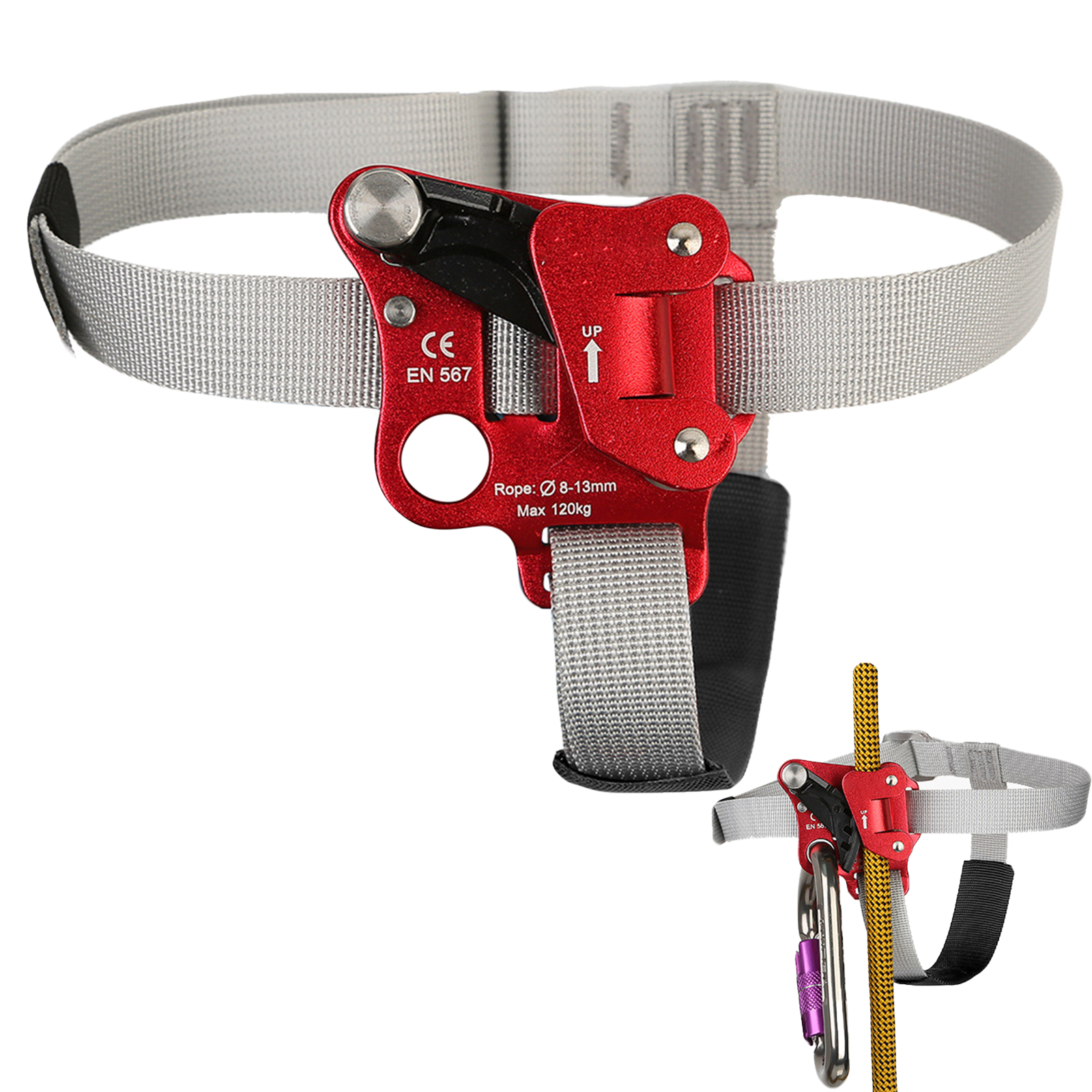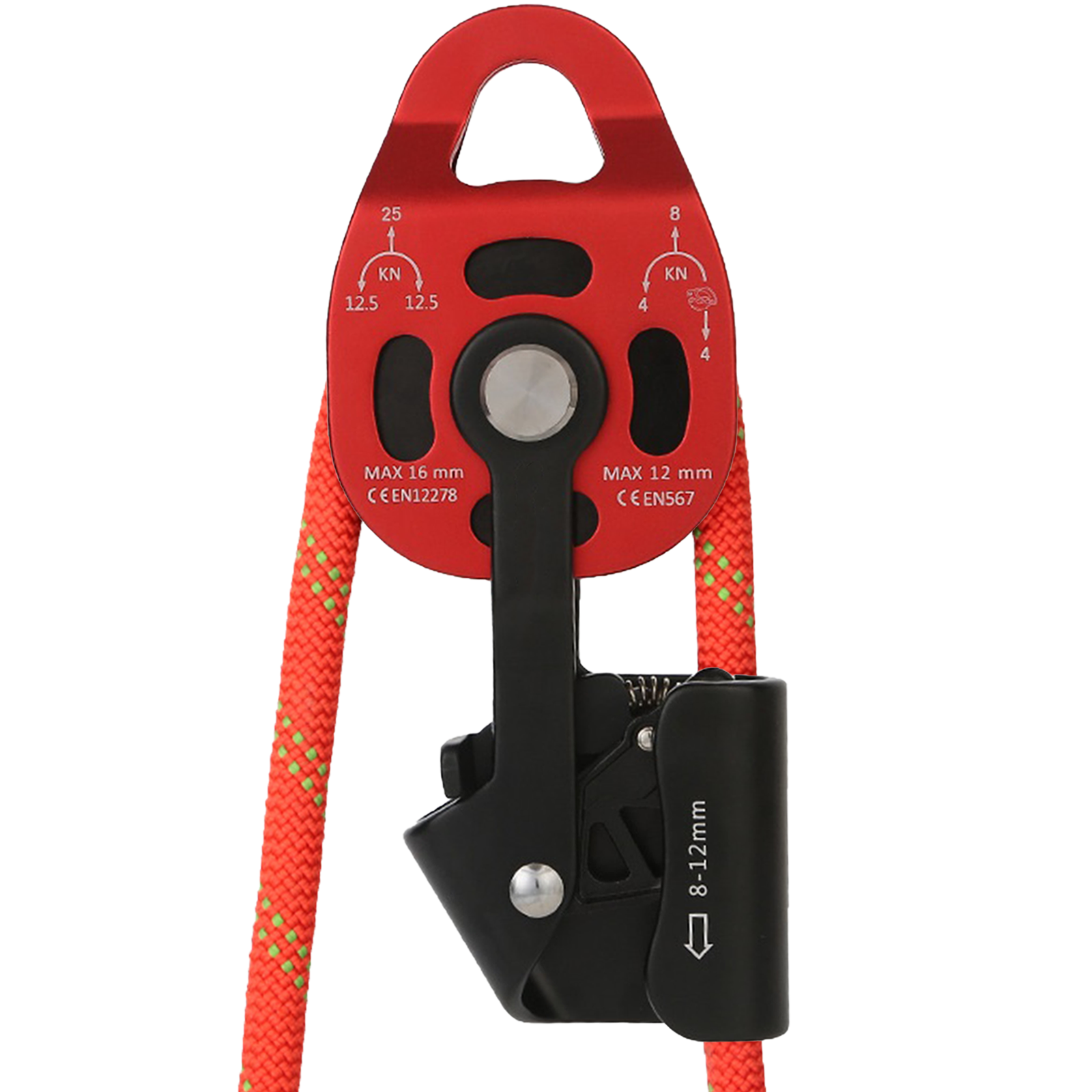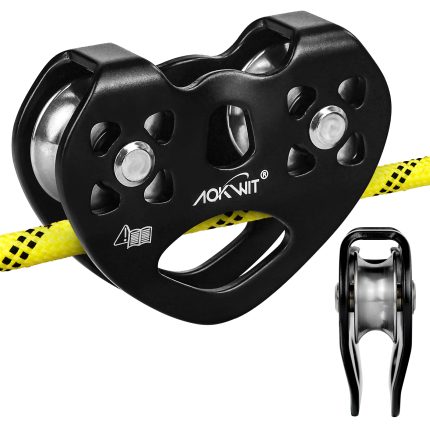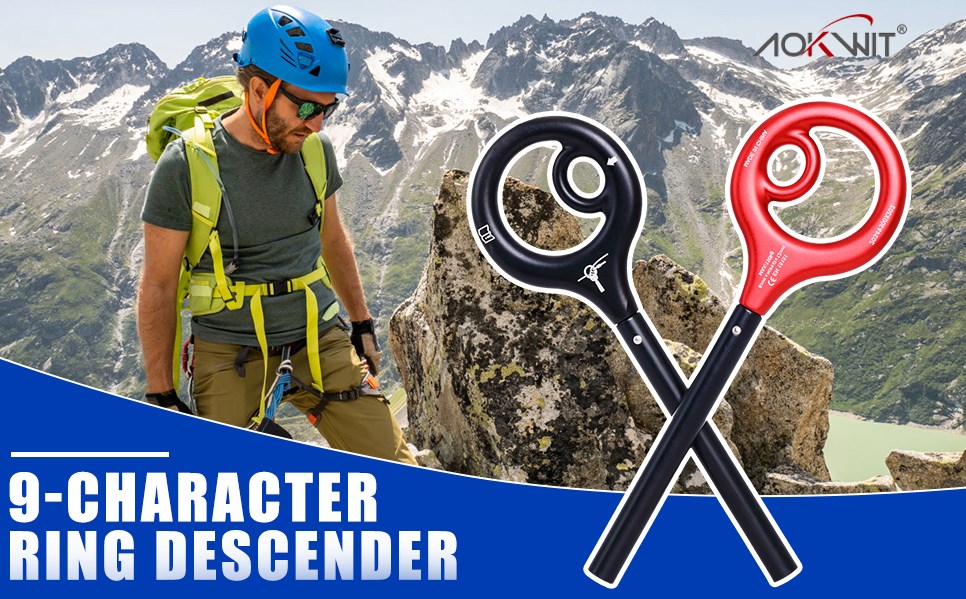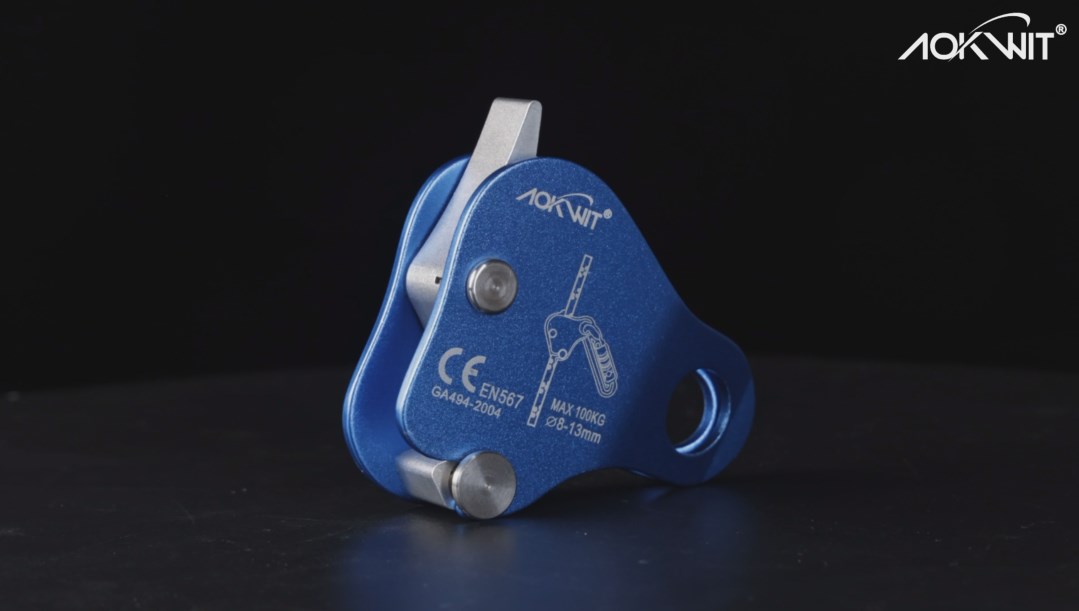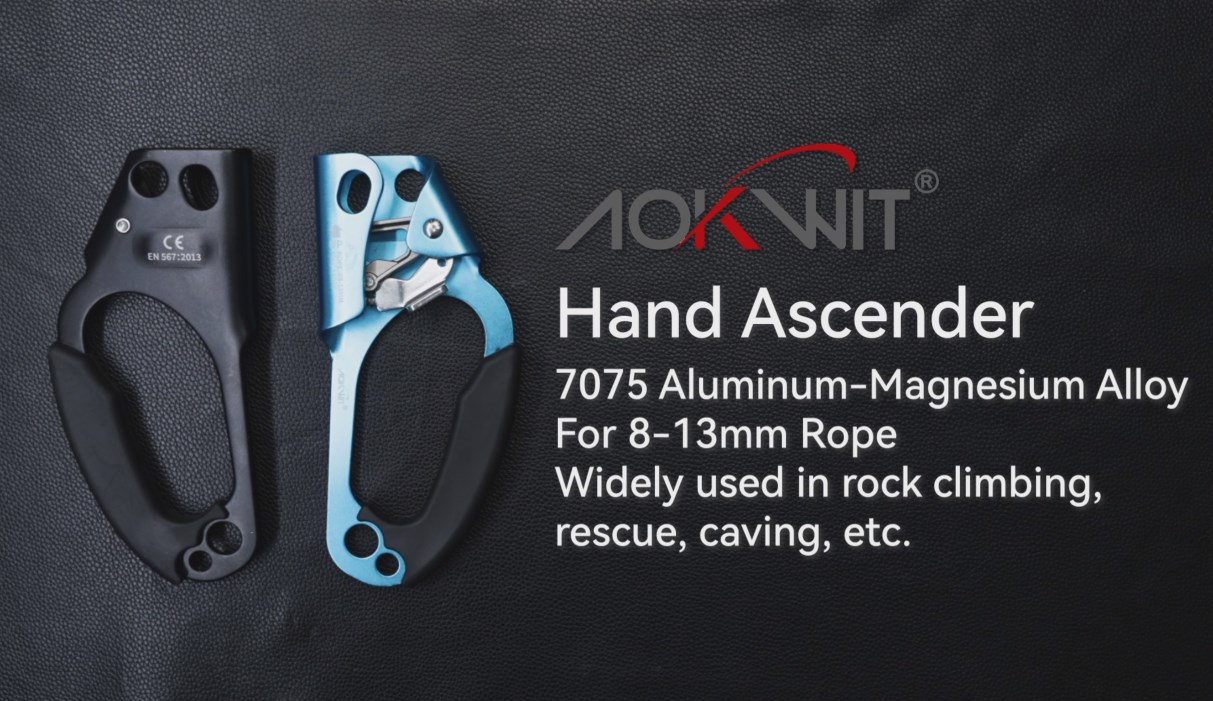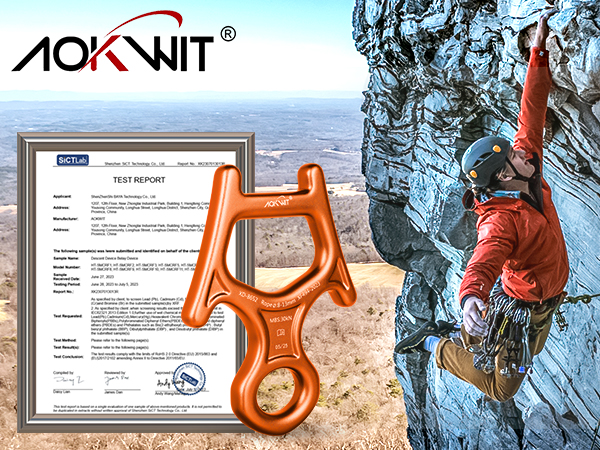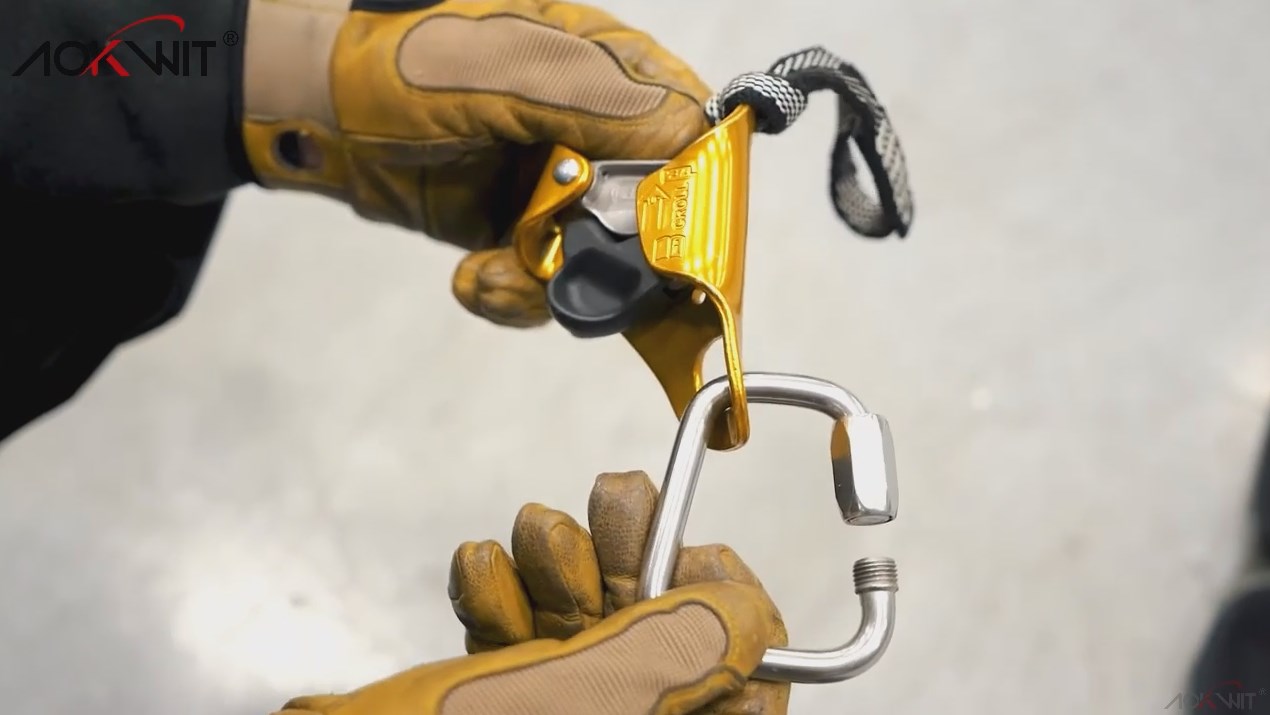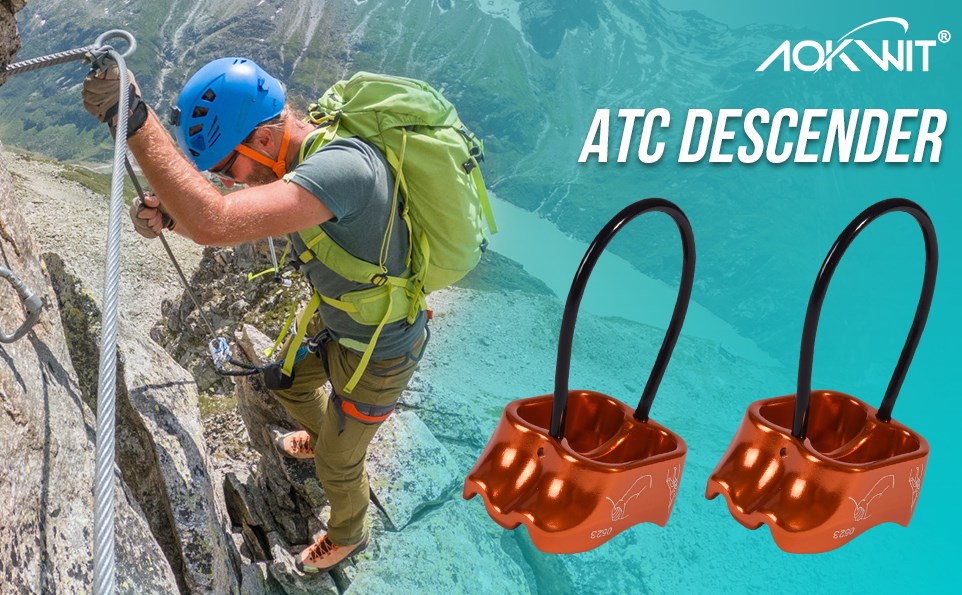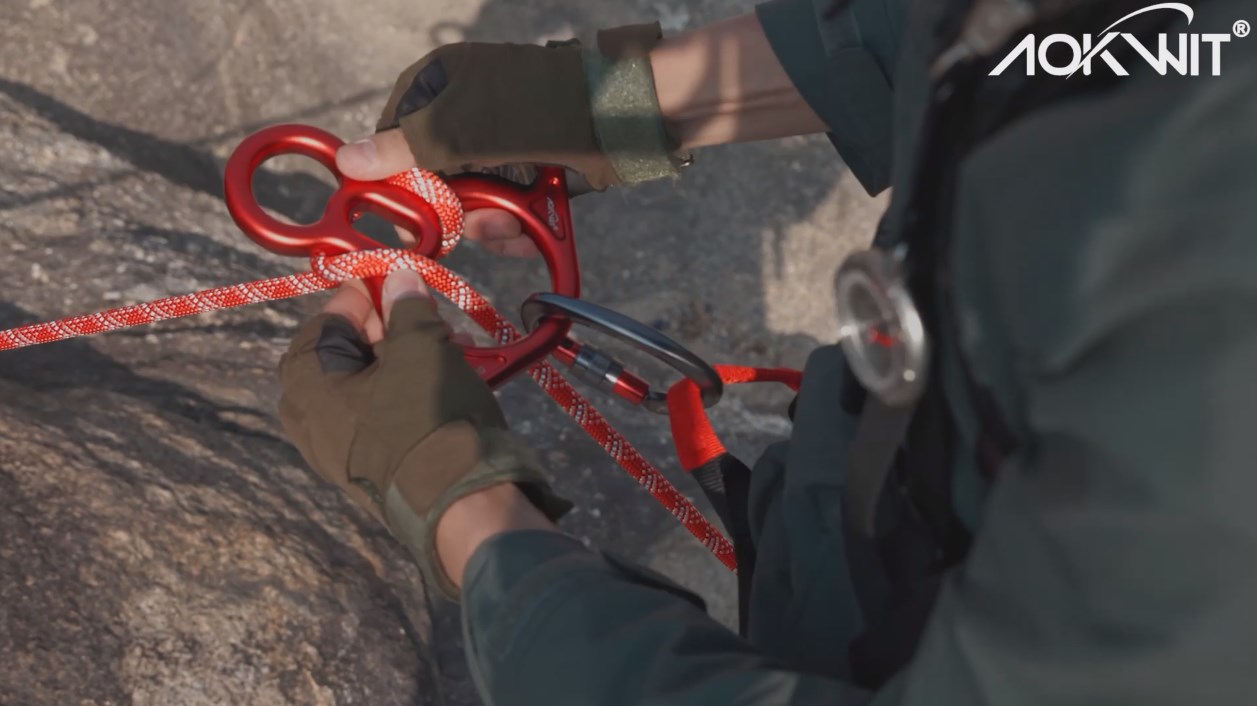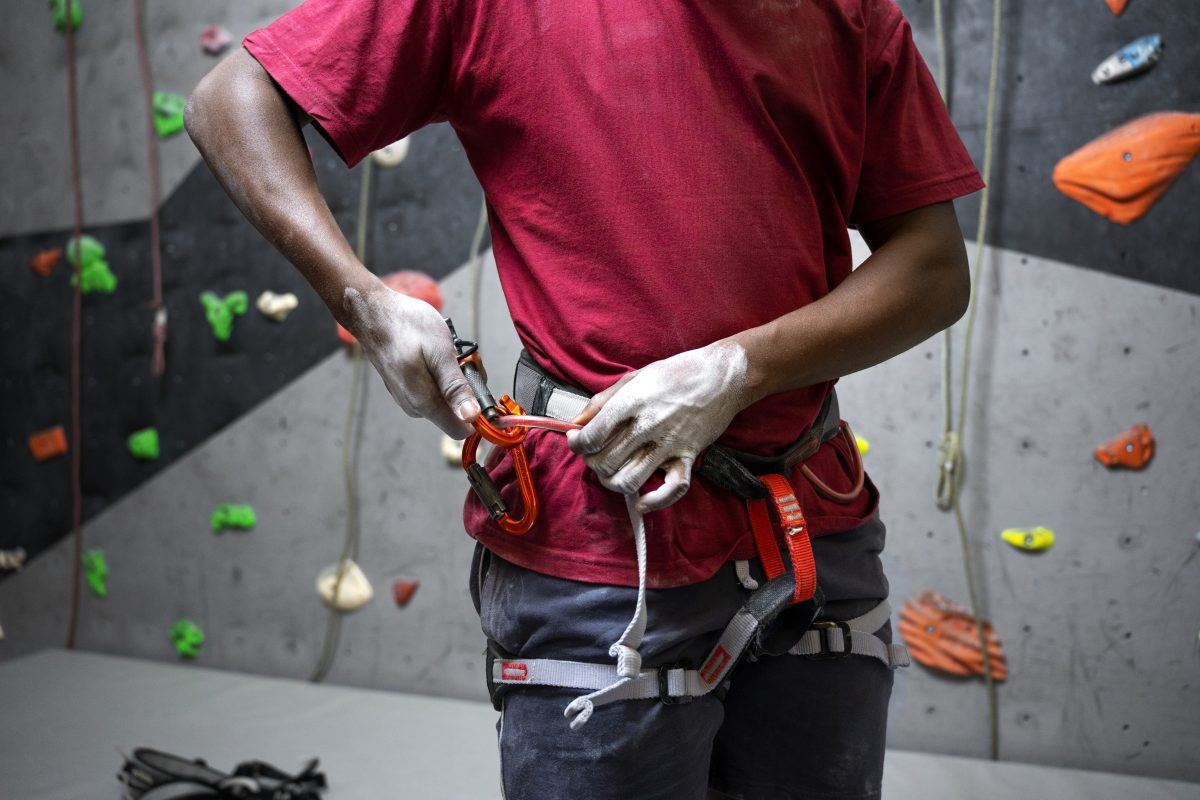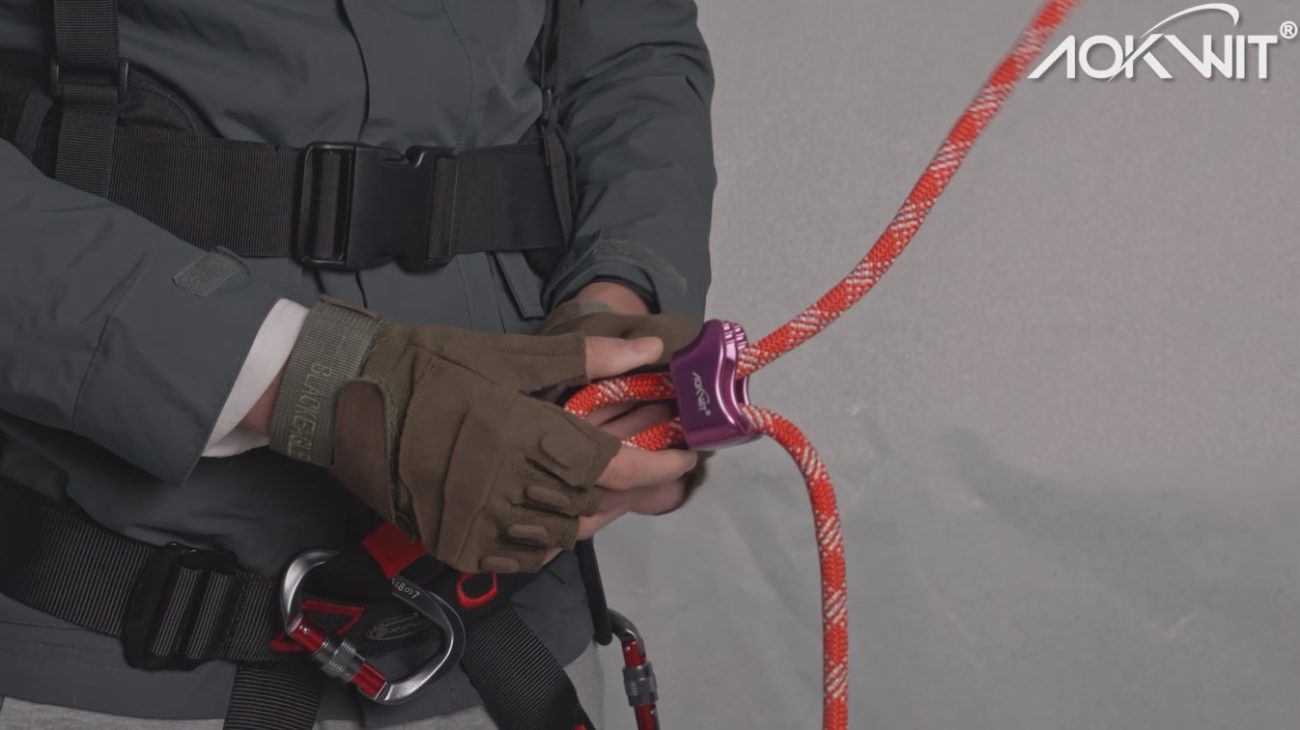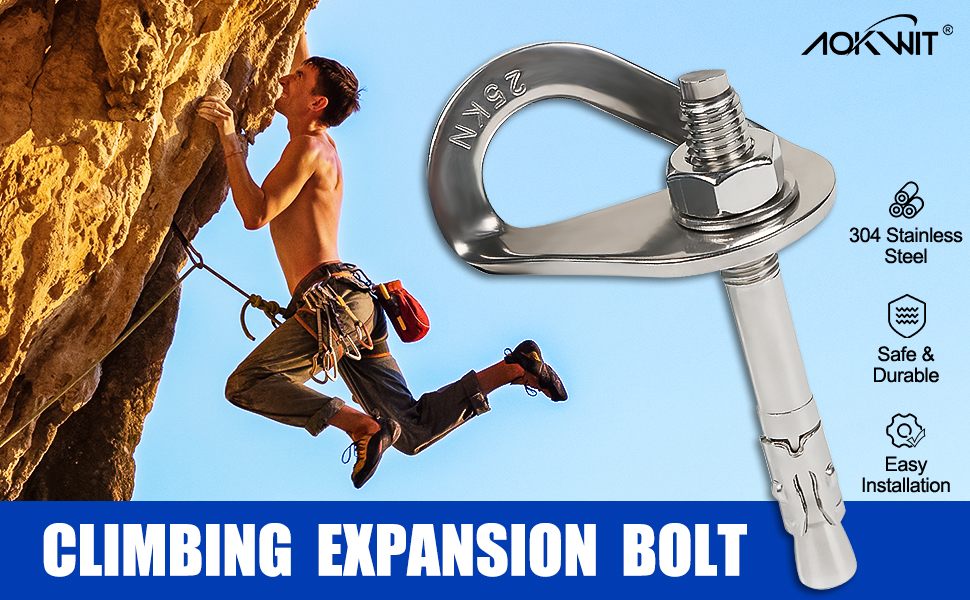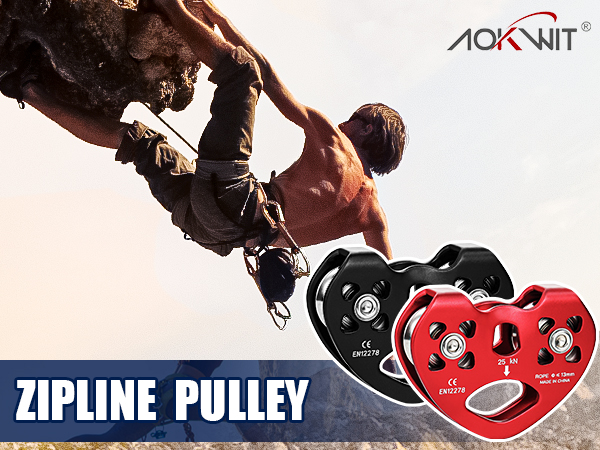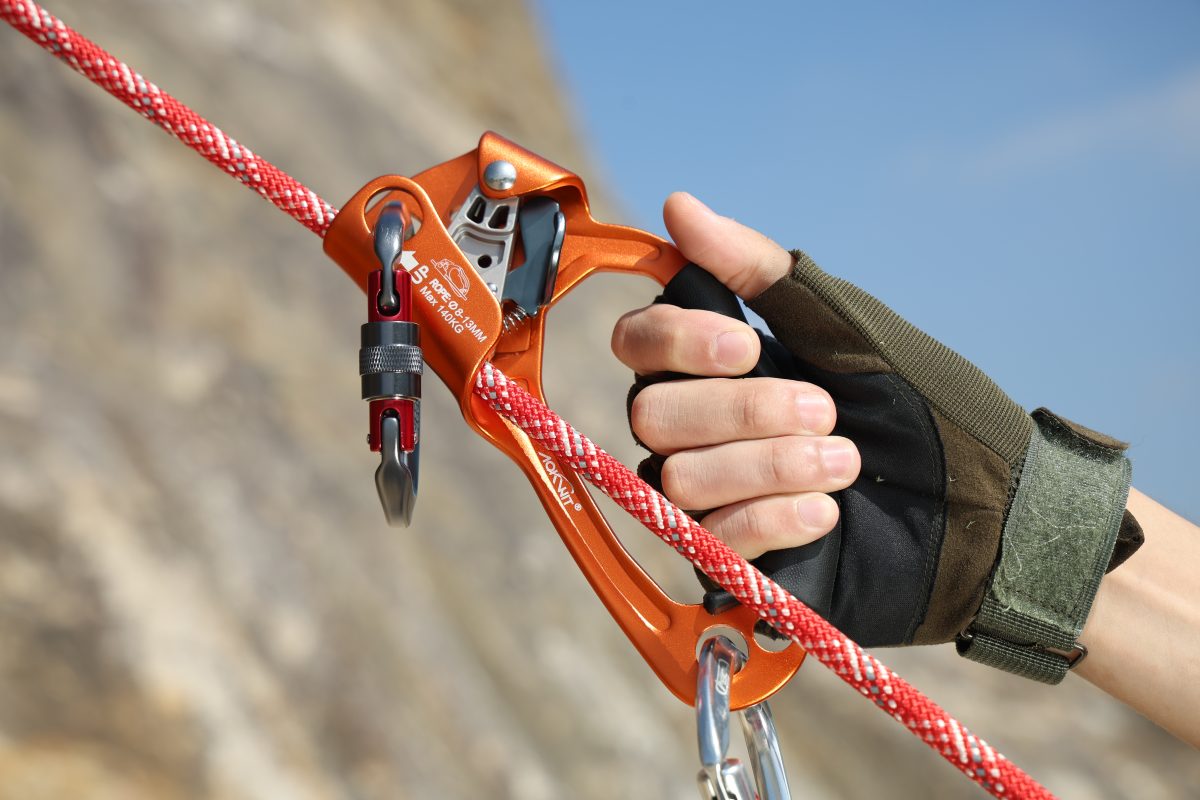Classification of Belay Devices & Descenders for Rock Climbing
First, it is essential to clarify that equipment falls into two categories: belay devices and descenders.
A belay device can be used for both belaying and descending, while a descender is primarily designed for descending and may not always be suitable for belaying.
Currently, the most commonly used descenders and belay devices can be classified into three categories: figure-8 devices, ATC-style devices, and mechanical braking devices.

I. Figure-8 Belay Devices
The figure-8 descender is the most widely used belay/descending device. Its key advantage lies in its simplicity, with no complex mechanical components, minimizing the risk of mechanical failure.
- The figure-8 is symmetrical, featuring a closed metal ring without distinct brake or climbing sides.
Installation simply requires threading the rope through the device in the standard manner.
Variations in design (e.g., C-shaped or D-shaped models) aim to adjust rope bending angles and increase friction.
Usage Notes:
Figure-8 devices are compatible with a relatively wide range of rope diameters. For example, the large ring of a Type A figure-8 accommodates ropes above 8.3mm, while the small ring suits ropes below 8.3mm.

II. ATC-Style Belay Devices/Descenders
The ATC (Air Traffic Controller) has become one of the most popular belay/descending devices in recent years, second only to the figure-8.
Its structure is simpler than mechanical braking devices, and its operation is as straightforward as the figure-8.
- However, its primary advantage over the figure-8 is that it minimizes rope deformation and twisting after passing through the device.
The ATC generates friction by bending the rope when the brake side is pressed downward, requiring clear distinction between the brake side and climbing side. Always follow the directional markings on the device when threading the rope.
Usage Notes:
ATCs impose stricter requirements on rope diameter compared to figure-8 devices, typically supporting 8.3mm–12mm ropes (e.g., Models E, F, and H). For smaller diameters, specialized ATCs are required:
- Model G: 7.5mm–8.2mm
- Model H: 8.1mm–11mm

III. Mechanical Braking Descenders
Compared to figure-8 and ATC devices, mechanical braking descenders involve significantly more complex operation.
Rigid protocols must be followed during rope installation, as errors can lead to life-threatening consequences.
Usage Notes:
These devices are generally designed for single-rope descents or top-rope belaying. Their standout feature is the ability to self-lock and control descent speed by adjusting the free rope end.
IV. Critical Safety Reminders
- Inherent Risks: Adventure sports carry inherent dangers. Proper use of equipment and techniques is the responsibility of every participant. Misuse of gear voids any liability associated with this guide.
2. Unavoidable Hazards: Even with extensive experience and strict adherence to protocols, risks from environmental or human factors remain unavoidable. Participants must acknowledge this reality before engaging in such activities.
3. Final Advisory: Prioritize safety. Respect life.
